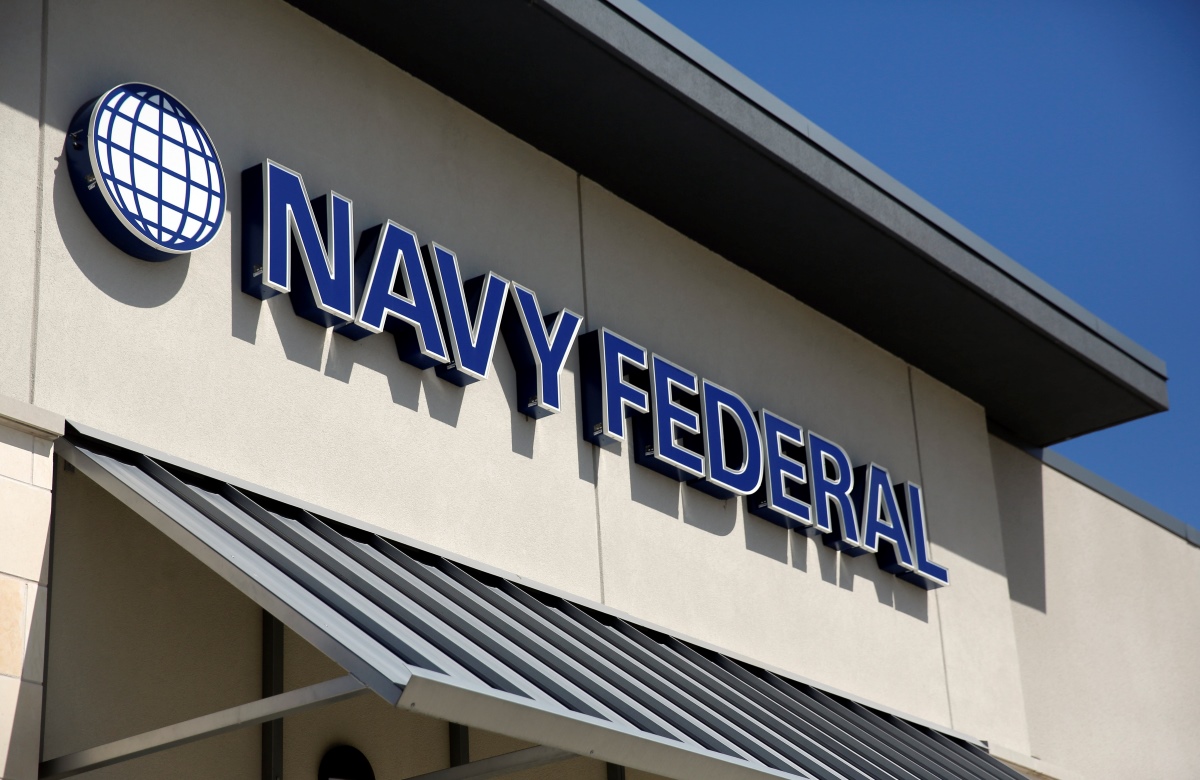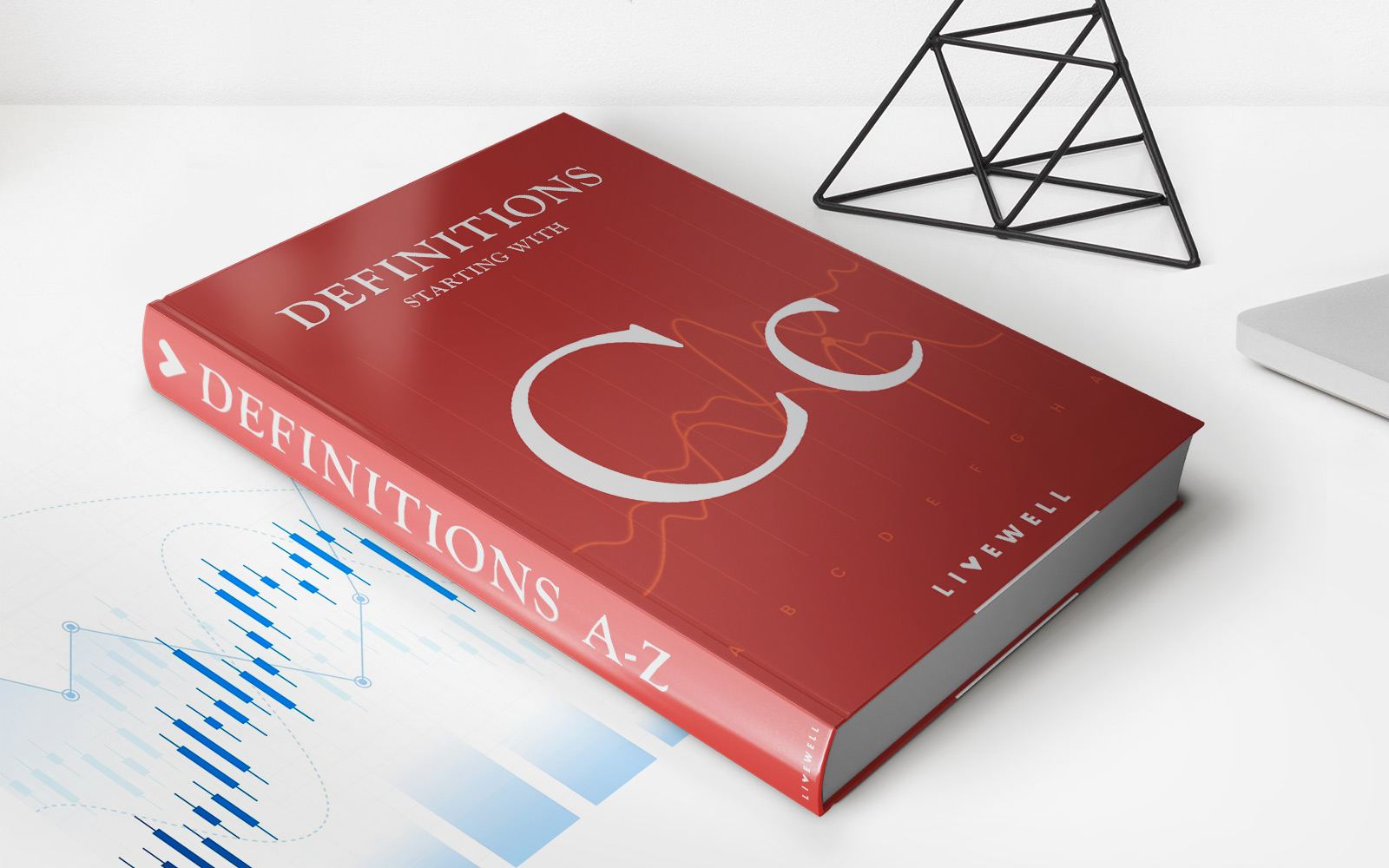

Finance
What Does Occurrence Mean In Insurance
Modified: February 21, 2024
Discover the meaning of "occurrence" in the insurance industry. Gain a deeper understanding of this finance term and its implications for your coverage.
(Many of the links in this article redirect to a specific reviewed product. Your purchase of these products through affiliate links helps to generate commission for LiveWell, at no extra cost. Learn more)
Table of Contents
Introduction
When it comes to insurance, understanding the terminology and concepts is crucial in order to make informed decisions. One such term that often comes up in insurance policies is “occurrence.” But what does “occurrence” actually mean in the context of insurance?
In simple terms, an occurrence refers to an event or incident that results in damage, loss, or injury. In the insurance industry, the concept of occurrence is used to define the scope of coverage provided by an insurance policy. Insurance policies can be categorized into two main types: occurrence policies and claims-made policies.
This article aims to explain the meaning of occurrence in insurance, its importance, and how it differs from claims-made policies. Additionally, we will explore some examples of occurrence policies and their limitations, as well as the distinction between occurrence and accident policies.
Understanding the intricacies of occurrence policies is crucial for policyholders and insurance professionals alike, as it can significantly impact the coverage provided and the financial implications in the event of a claim. So, let’s dive into the world of insurance and unravel the concept of occurrence.
Definition of Occurrence in Insurance
In insurance, the term “occurrence” refers to an event that causes damage, loss, or injury during the policy period. It is an essential concept used to determine the extent of coverage provided by an insurance policy.
An occurrence-based insurance policy provides coverage for claims that arise from events that occur within the policy period, regardless of when the claim is actually made. This means that as long as the event occurs during the policy period, the policyholder is eligible for coverage.
For example, let’s say you have a homeowner’s insurance policy with an occurrence-based coverage. If a tree falls on your house during the policy period, causing damage to the roof, you can file a claim to have the damages covered by your insurance even if you file the claim months after the event.
This differs from a claims-made policy, where coverage is only provided for claims that are made during the policy period. If you have a claims-made policy and the same tree falls on your house, but you only file a claim after the policy has expired, you would not be eligible for coverage.
The occurrence is typically defined in the insurance policy contract and can vary depending on the type of insurance. For example, in general liability insurance, an occurrence may be defined as an accident, including continuous or repeated exposure to conditions that result in bodily injury or property damage.
It is important to note that the occurrence must be unintentional and unexpected. If the event is intentional or expected, it may not be considered an occurrence and may not be covered by the insurance policy.
Overall, the definition of occurrence in insurance emphasizes the connection between the event and the coverage provided. It ensures that policyholders are protected from unforeseen events that result in damage, loss, or injury, even if the claim is filed at a later date.
Importance of Occurrence in Insurance
The concept of occurrence plays a crucial role in insurance, and understanding its importance is essential for both insurance companies and policyholders.
One of the key reasons why occurrence is important in insurance is that it determines the scope of coverage provided by an insurance policy. An occurrence-based policy offers more comprehensive coverage as it takes into account events that happen during the policy period, regardless of when the claim is filed. This provides policyholders with a greater level of protection and peace of mind, knowing that they are covered for events that may have occurred in the past but were discovered later.
The importance of occurrence becomes evident in situations where there is a gap in insurance coverage. For example, imagine a scenario where a policyholder switches from an occurrence-based policy to a claims-made policy. If during the occurrence-based policy period, an event occurs that may result in a claim in the future, having the occurrence-based coverage ensures that they are still protected, even if the claim falls within the claims-made policy period.
Another important aspect is the long-tail nature of certain claims. In some instances, it may take years for the full extent of damages or injuries to become apparent. An occurrence-based policy ensures that policyholders are covered for such situations, even if the claim is made years after the initial event. This is especially relevant in fields such as medical malpractice, where the effects of a mistake or negligence may not be immediately apparent but can manifest later.
Moreover, occurrence policies are significant for businesses and industries where liability claims can arise after a product has been sold or a service has been rendered. Having occurrence coverage can provide financial protection against these potential future claims, even if the claims are filed after the policy period has ended.
Overall, the importance of occurrence in insurance lies in its ability to provide a broader scope of coverage, ensuring that policyholders are protected from past events that may give rise to future claims. It helps bridge coverage gaps, protects against long-tail claims, and offers comprehensive protection in industries where future claims may arise. Understanding the importance of occurrence allows policyholders to make informed decisions when selecting an insurance policy and gives them the confidence that they will be adequately covered in the event of an occurrence.
Differences between Occurrence and Claims-Made Policies
Occurrence-based and claims-made policies are the two primary types of insurance coverage, and understanding the differences between them is crucial when selecting an insurance policy. Here are the key distinctions:
- Scope of Coverage: The fundamental difference between occurrence and claims-made policies lies in the scope of coverage they provide. An occurrence-based policy covers claims that arise from events that occur during the policy period, regardless of when the claim is filed. On the other hand, claims-made policies offer coverage for claims that are made during the policy period, regardless of when the event occurred.
- Reporting Requirements: Another significant difference is the reporting requirements. In occurrence policies, the insured is not obligated to report every occurrence to the insurer, as coverage extends to events that happen during the policy period. In contrast, claims-made policies require the policyholder to report incidents or potential claims to the insurer during the policy period. Failure to notify the insurer within the specified timeframe could result in the denial of coverage for that claim.
- Premium Costs: Premiums for occurrence policies are typically higher compared to claims-made policies. This is because occurrence policies offer broader coverage, including protection against future claims arising from past events, which involves a higher level of risk for the insurer. Claims-made policies, on the other hand, are generally more affordable initially, but the premiums may increase over time as the risk of claims increases with the expiration of the reporting period.
- Tail Coverage and Prior Acts Coverage: One of the challenges with claims-made policies is the potential for coverage gaps when switching insurers or canceling a policy. To address this, policyholders can purchase additional coverage known as “tail coverage” or “extended reporting coverage” to provide protection for claims that may arise after the policy has terminated. Similarly, “prior acts coverage” can be obtained to cover events that occurred prior to the policy’s inception date. Occurrence policies, on the other hand, do not require tail or prior acts coverage as they provide coverage for events that took place during the policy period.
Understanding the differences between occurrence and claims-made policies is essential for selecting the appropriate insurance coverage based on individual circumstances and risk exposure. It is crucial to carefully review the policy terms, consider the reporting requirements, and assess the potential for future claims before making a decision.
Occurrence Policy Examples
To better understand how occurrence policies work in practice, let’s explore a few examples across different types of insurance:
- Homeowner’s Insurance: Suppose you have an occurrence-based homeowner’s insurance policy. During the policy period, a severe storm causes significant damage to your house, including the roof and interior. Even if you file the claim months after the storm, your occurrence policy will cover the damages since the event occurred during the policy period.
- General Liability Insurance: Imagine you run a small business, and you have an occurrence-based general liability insurance policy. One day, a customer slips and falls at your premises, resulting in injuries. Even if the customer files a claim several months after the incident, your occurrence policy will provide coverage since the event happened during the policy period.
- Professional Liability Insurance: Let’s say you are a healthcare professional, and you have an occurrence-based professional liability insurance policy. During the policy period, you performed a surgery on a patient that resulted in unforeseen complications. Even if the patient files a lawsuit years later, your occurrence policy will cover the legal expenses as long as the event occurred during the policy period.
- Product Liability Insurance: Suppose you are a manufacturer of consumer goods, and you have an occurrence-based product liability insurance policy. If a defect in your product causes harm to consumers during the policy period, your occurrence policy will cover any resulting claims, even if they are filed after the policy has expired.
These examples illustrate how occurrence policies provide coverage for events that occur during the policy period, regardless of when the claim is made. This ensures that policyholders are protected, even if there is a delay in discovering or reporting the event.
It is important to note that the specific terms and conditions of occurrence policies may vary depending on the insurance company and the type of coverage. Therefore, it is crucial to review your policy documents and consult with your insurance provider to fully understand the coverage provided by your occurrence policy.
Limitations of Occurrence Policies
While occurrence policies offer comprehensive coverage for events that occur during the policy period, they are not without limitations. It’s important to be aware of these limitations to fully understand the extent of coverage provided. Here are some key limitations of occurrence policies:
- Policy Expiration: Once an occurrence policy expires, the coverage for any future claims ceases. This means that if an event occurs during the policy period but the claim is filed after the policy has expired, the policyholder will not be eligible for coverage. It’s crucial to be mindful of the policy expiration date to ensure continuous coverage or consider purchasing appropriate extended reporting coverage.
- Known Losses: Occurrence policies do not cover losses that were already known to the insured before the policy inception. If you are aware of a potential claim or an event that could give rise to a claim, it may not be covered under your occurrence policy, as it is considered a known loss. In such cases, it’s important to disclose any known losses to your insurer and explore alternative coverage options.
- Retroactive Date: Some occurrence policies may have a retroactive date, which is the date from which the coverage begins. Events that occurred before the retroactive date are not covered by the policy. It’s crucial to understand the retroactive date specified in your policy to ensure that any events that occurred before that date are appropriately addressed in terms of coverage.
- No Tail Coverage: Unlike claims-made policies, occurrence policies do not require tail coverage or extended reporting coverage. Tail coverage provides protection for claims that may arise after the expiration of a claims-made policy. If you switch from an occurrence policy to a claims-made policy, you may need to consider purchasing tail coverage to ensure continued protection for events that occurred during the occurrence policy period.
It is important to carefully review the terms and conditions of your occurrence policy and understand its limitations. If you have any concerns or questions about the scope of coverage, it’s advisable to consult with your insurance provider or seek professional advice. Understanding the limitations of your occurrence policy will help you make informed decisions and mitigate any potential gaps in coverage.
Occurrence vs. Accident Policies: Understanding the Difference
Occurrence policies and accident policies are two different approaches to providing coverage in the insurance industry. While they both offer protection against unforeseen events, there are distinct differences between the two. Let’s explore the disparities between occurrence and accident policies:
Definition: An occurrence policy covers claims that arise from events that occur during the policy period, regardless of when the claim is filed. On the other hand, an accident policy covers claims that result specifically from accidents or sudden, unexpected events, regardless of when the event occurred.
Scope of Coverage: Occurrence policies encompass a broader scope of coverage as they protect policyholders against claims arising from events that occurred during the policy period, even if the claim is filed in the future. Accident policies, on the other hand, are more limited in their coverage, focusing solely on claims resulting from accidents or sudden, unexpected events.
Reporting Requirements: In occurrence policies, the insured is not obliged to report every occurrence to the insurer since coverage extends to events that happen during the policy period. In contrast, accident policies often have more stringent reporting requirements, with the insured needing to report accidents or incidents promptly to the insurance provider.
Premium Costs: Due to the broader coverage they provide, occurrence policies generally have higher premiums compared to accident policies. The comprehensive nature of occurrence policies, which covers events regardless of when they are reported, results in a higher level of risk for the insurer.
Long-Tail Claims: Occurrence policies are particularly advantageous for handling long-tail claims, where the full extent of damages or injuries may not be immediately apparent. As occurrence policies cover events that occur during the policy period, policyholders are protected even if a claim is made years later. Accident policies, on the other hand, may have a more limited window for reporting claims related to specific accidents or events.
Applicability: Occurrence policies are commonly used in general liability insurance, professional liability insurance, and certain types of property insurance. Accident policies, on the other hand, are often associated with personal accident insurance, travel insurance, and certain specialized lines of coverage.
Understanding the differences between occurrence and accident policies is essential for selecting the appropriate insurance coverage based on individual needs and risk exposure. Policyholders should carefully review the policy terms and consult with their insurance provider to ensure they choose the policy that aligns best with their specific requirements.
Conclusion
The concept of occurrence in insurance is a fundamental element that affects the scope of coverage provided by a policy. Occurrence policies offer comprehensive protection for events that occur during the policy period, regardless of when the claim is filed. This broader coverage ensures that policyholders are protected from unforeseen events that may give rise to future claims, providing them with peace of mind and financial security.
Understanding the differences between occurrence and claims-made policies is crucial when selecting an insurance policy. Claims-made policies provide coverage for claims made during the policy period, while occurrence policies cover events that occur during the policy period, regardless of when the claim is made. This distinction affects reporting requirements and premium costs.
Occurrence policies find application across various types of insurance, from homeowner’s insurance to professional liability insurance. The coverage is especially beneficial for industries where the effects of an event may take time to manifest or where liability claims can arise after a product has been sold or service rendered. However, it is important to be aware of the limitations of occurrence policies, such as policy expiration and known loss exclusions.
Occurrence policies are different from accident policies, which focus specifically on claims resulting from accidents or sudden, unexpected events. The scope of coverage and reporting requirements differ between the two policy types, making it important to carefully review the terms and conditions when selecting insurance coverage.
In conclusion, understanding the concept of occurrence in insurance is vital for policyholders to make informed decisions and ensure they have the appropriate coverage for their specific needs. By considering factors such as the type of policy, reporting requirements, and limitations, individuals can select the right insurance policy to protect themselves, their properties, and their businesses from unexpected events.














